As the landscape of the office changes, xLocker 2 introduces a unique steel personal storage solution for flexible, agile, activity based working (ABW) environments or end-of-journey storage for commuters and mobile workers.
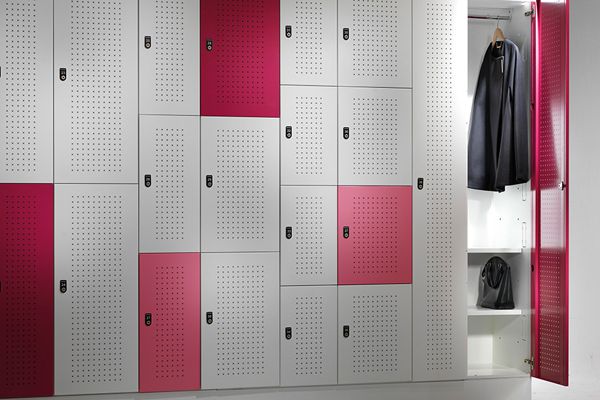
July 7th, 2015
Designed to aid collaboration, drive productivity, maximise space and provide better flexibility than traditional locker storage, the xLocker range solves the problems associated with individual storage needs in communal multi-purpose work environments.
An evolution of the range, the xLocker 2 features soft-wiring with the ability to power portable devices. A new patented joining system allows faster assembly on site, reducing the number of tools needed and allows for simple reconfiguration and re-use.
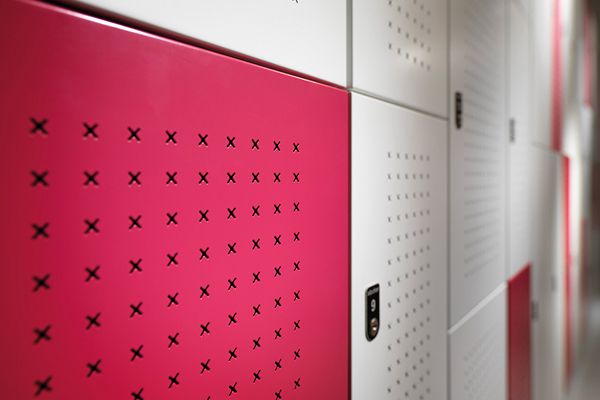
Like the original xLocker, the xLocker 2 can also be fitted with laminate or veneered doors, creating a customised fit-out, whilst still maintaining modularity, optional perforations, choice of colours and finishes and various locking options with up to 100% recyclability.
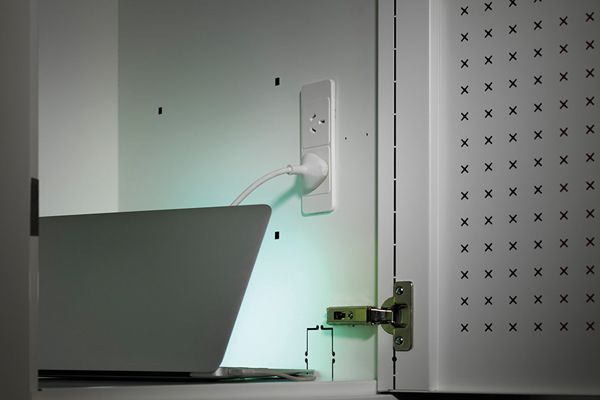
The xLocker 2 range serves as a range of flexible and reconfigurable lockers that connect together, a connection to the building and a place to start and end the day. With the soft wiring options, the range not only stands as a place to store work and personal belongings, but also a place to recharge portable devices.
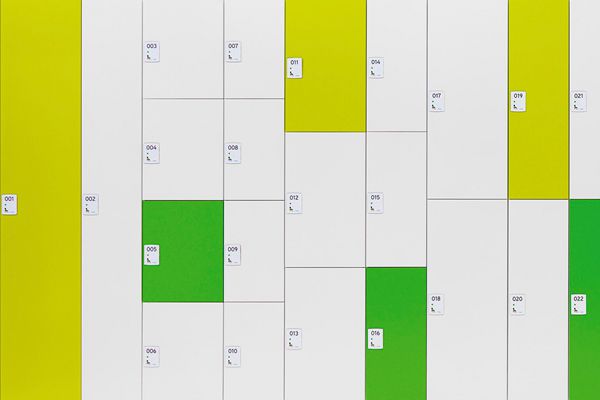
xLocker 2 is the latest Planex solution to empower people to work more effectively in the evolving workplace. As an Australian family owned, furniture designer and manufacturer based in Melbourne, Planex has been providing market leading custom options solutions for contemporary interiors since 1972.
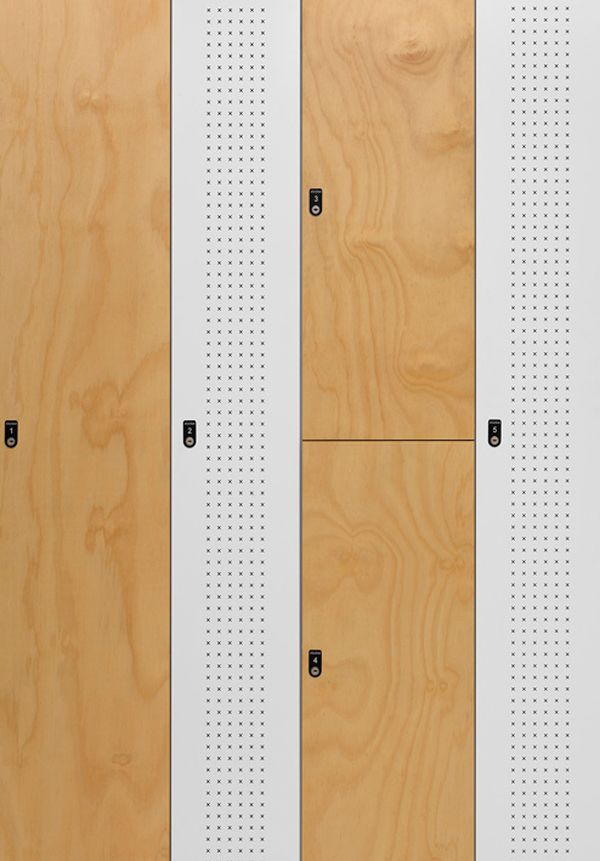
Catering across commercial, educational, sports, hospitality and residential markets, the current storage range consists of: Fatfile, Flox, Freefold, Linea, Low-Rider, MoPed, Plan, Security, S-Series, Virtu, Wishbone, xLocker2 and X-System featuring original designs by Alexander Lotzerstain, Paul Morris, Leo Ryner and associate design partner, Planex Design.
Planex
planex.com.au
INDESIGN is on instagram
Follow @indesignlive
A searchable and comprehensive guide for specifying leading products and their suppliers
Keep up to date with the latest and greatest from our industry BFF's!
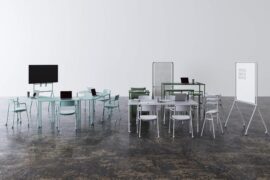
Welcomed to the Australian design scene in 2024, Kokuyo is set to redefine collaboration, bringing its unique blend of colour and function to individuals and corporations, designed to be used Any Way!

The undeniable thread connecting Herman Miller and Knoll’s design legacies across the decades now finds its profound physical embodiment at MillerKnoll’s new Design Yard Archives.

London-based design duo Raw Edges have joined forces with Established & Sons and Tongue & Groove to introduce Wall to Wall – a hand-stained, “living collection” that transforms parquet flooring into a canvas of colour, pattern, and possibility.

The calibre of projects entered into The Living Space in the 2022 INDE.Awards was not only exciting but inspiring and receiving the top honour for best in category is indeed recognition of design at its best.
How We Create, Alexander Lotersztain and Palamont join forces to showcase local manufacture and design at Queensland’s premier design event.
The internet never sleeps! Here's the stuff you might have missed

Join CPD Live from 14-16 October for three days of live, interactive education – 100% online, 100% free, and packed with insights to keep your knowledge current and earn CPD points.

Opening in October 2025, The Standard, Pattaya Na Jomtien brings together ONION, DIN Studio, Studio Lupine and Verena Haller to create a sculptural modernist retreat where art, architecture and coastal culture meet.